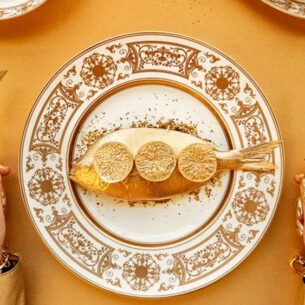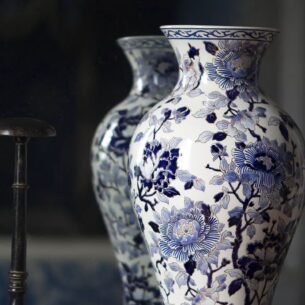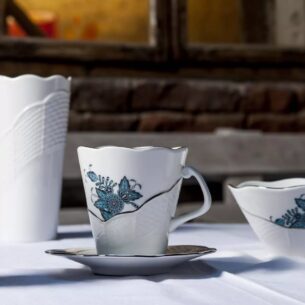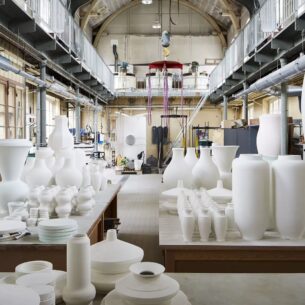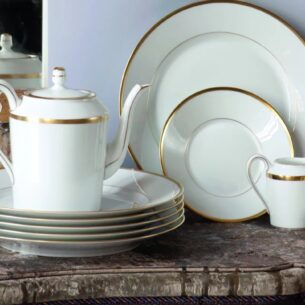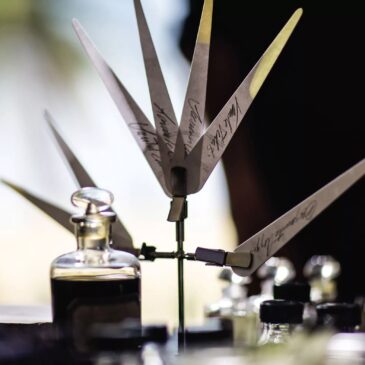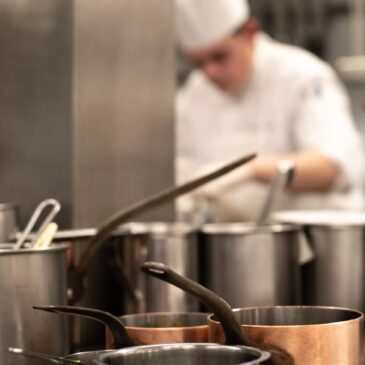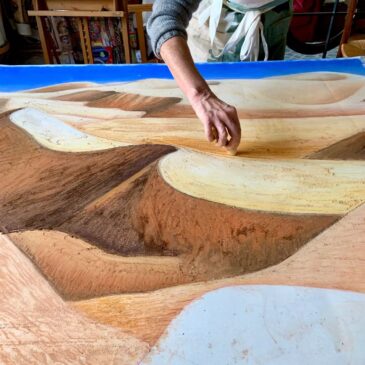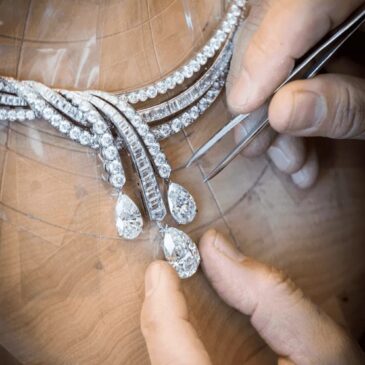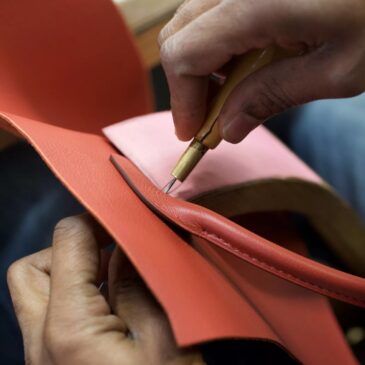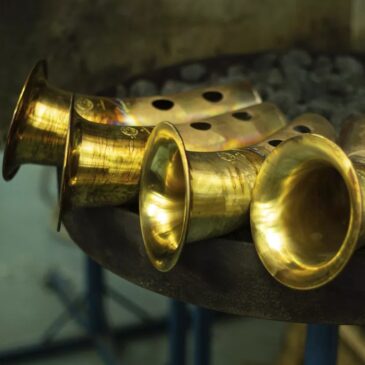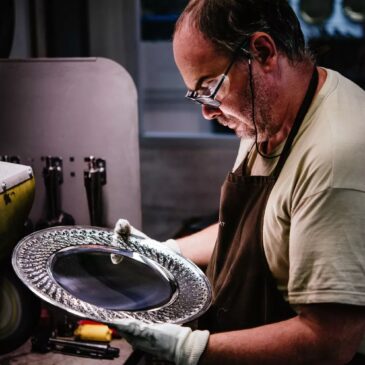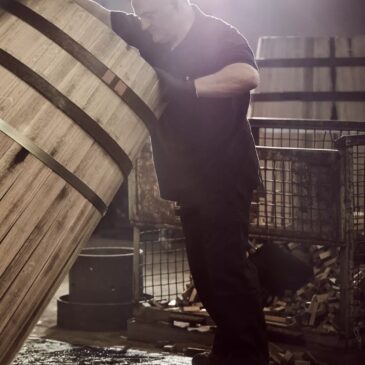Faience & Porcelain
Faience and porcelain are closely associated with France’s renown, having adorned the royal tables since the 16th century.
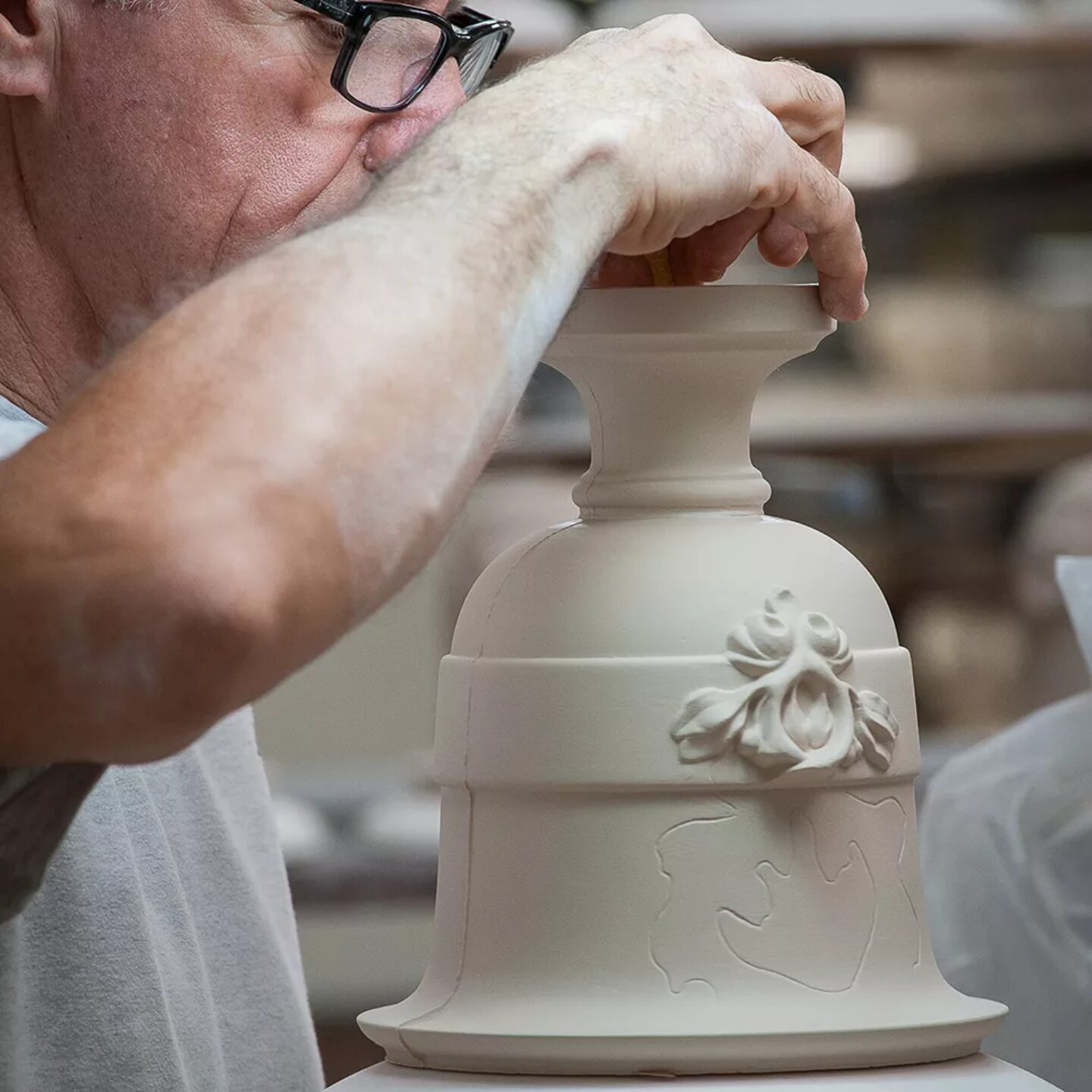
David against Goliath
French faience, made from clay and coated with enamel, appeared in France at the end of the Renaissance. It represented major technical progress. For the first time, potters could move away from cloisonné or incised designs to demarcate colours. They could also use the white background to create a veritable piece of painted artistry. Imitating the translucent porcelain imported from China, faience became more widespread in the 16th century thanks to Catherine de’ Medici, before indirectly benefiting, a century later, from Louis XIV’s foreign policy. To finance the wars, he melted down the kingdom’s gold and silver objects, leaving faience to take pride of place among tableware.
The 18th century was marked by the proliferation of potteries in France, with numbers reaching more than 1,300. At the time, it was fashionable among the nobility to have the family coat of arms feature on dinnerware. This, combined in particular with France’s economic growth, allowed the bourgeoisie to become a powerful clientele for faience.
Porcelain: “white gold”
Up until the 17th century, pieces in Chinese porcelain, as rare as they were expensive, were brought to Europe by land (on the silk road) or by the shipping route opened by Marco Polo. Immediately, there was a fascination with porcelain. All the more so given that the secret to its manufacturing process was closely guarded by the Chinese. Then, in 1712, a Jesuit from Limoges, Father François-Xavier d’Entrecolles, reported in detail how porcelain was manufactured in China. However, although he had described the numerous stages in the manufacture of the paste, shapes, design, and ovens, his letters did not reveal all the secrets of porcelain.
French Porcelain, while magnificent and greatly admired by the Marquise de Pompadour, was still missing an essential component: kaolin, also known as white clay. Until, that is, the first French deposits were discovered in 1768 near Limoges. Manufacturing trials were then carried out in Sèvres and Limoges. The very first porcelain works in Limoges was in fact the royal pottery founded in 1736. It was in this establishment, where the production of faience was carried out with royal approval, that porcelain manufacturing and firing tests began from 1770 onwards. Sèvres succeeded in producing hard porcelain in 1769, followed by Limoges in 1771. The industry then soon began to soar.
Sumptuous designs
The success of French faience and porcelain lies in large part in their immense creativity. From plates and vases to statuettes and works in bas-relief, along with scenes of bucolic landscapes, birds, chinoiserie motifs, and bunches of flowers on colourful backgrounds of meadow green, celestial blue, crimson red, and Pompadour pink, there were grounds enough for an entire industrial sector to develop.
